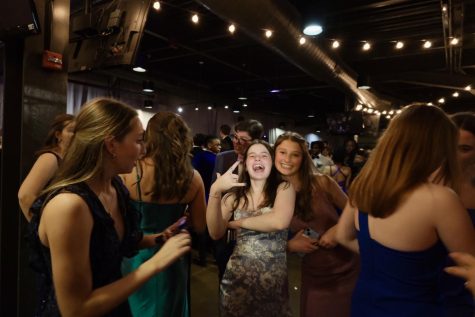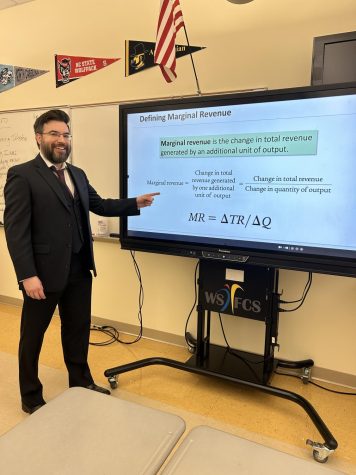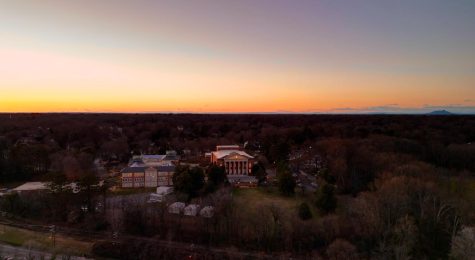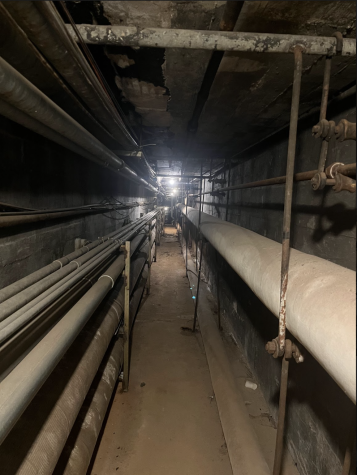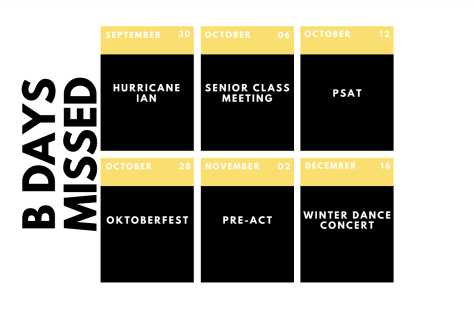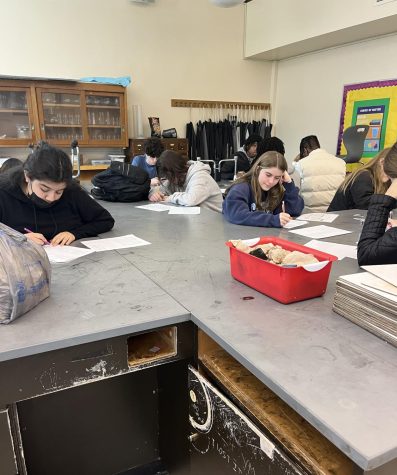Asteroid shot by Japanese probe
March 23, 2019
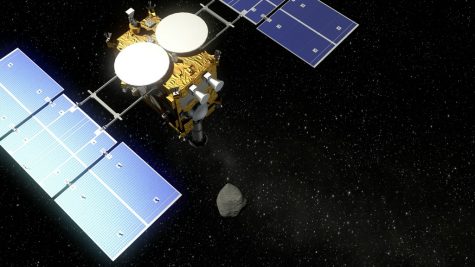 In 2014, Japan launched a spacecraft at the asteroid Ryugu, to study its composition. The spacecraft, named Hayabusa 2, reached the rocky object in June of 2018, and on February 22, 2019 it shot a bullet into it.
In 2014, Japan launched a spacecraft at the asteroid Ryugu, to study its composition. The spacecraft, named Hayabusa 2, reached the rocky object in June of 2018, and on February 22, 2019 it shot a bullet into it.
By the time Hayabusa 2 had reached Ryugu, it had traveled over 2 billion miles. Its first job was to land two landers on the surface of the asteroid. The two small probes found that the surface, or regolith, of the asteroid was not the fine power that scientists had expected, but instead was rocky and strewn with detritus. This pushed back the main ships landing from October of 2018 to February of this year, so scientists had time to evaluate the unanticipated landing conditions.
On February 22, Hayabusa 2 landed on the surface of Ryugu, lowered a tube to its surface, and fired a small metal projectile into the regolith. This action kicked up a large amount of debris, some of which Ryugu collected. This sample will eventually be returned to earth so that the composition of Ryugu can be analyzed. Hayabusa 2 will attempt to make two more of these touchdowns before it returns samples to earth.
By knowing the composition of an asteroid like Ryugu, scientists could learn more about the formation of the solar system and where life comes from. C-class asteroids like Ryugu are more likely to have hydrated minerals and organic compounds that scientists theorize are the building blocks of life. By analyzing the composition of old asteroids like Ryugu we can determine what compounds were on earth at the time of its formation.
“Depending on the content of the asteroid and its origination within our solar system, this may give insight into the formation of early planets, planetoids and how they travel and interact with their environment,” physics teacher Nicholas Yaroch said.
But some people are interested in the composition of asteroids like Ryugu for more than just scientific purposes. Asteroid mining is a budding industry that many hope will allow companies on Earth to get metals they need for production without destructive and expensive mines.
“As Earth starts to run out of its own resources, we need to look to neighboring or near earth asteroids to actually collect the resources we need to further our development,” senior Jordan Knudsen said. “It is important to know the history of the solar system but the ultimate goal is to start harvesting asteroids.”
The Ryugu mission is part of a continuing effort by scientists to learn more about where we come from and how life on earth began. The OSIRIS REx spacecraft is continuing its present exploration of the asteroid Bennu, also in an attempt to learn about early solar system formation. With more missions like this potentially in the future, scientists are hoping to get concrete answers about where we all came from.
Photo courtesy of Creative Commons






